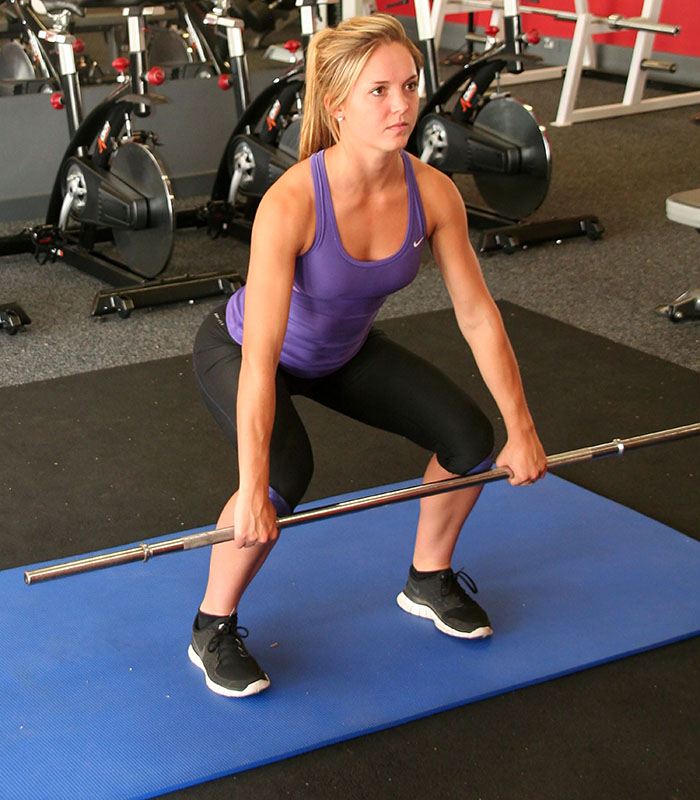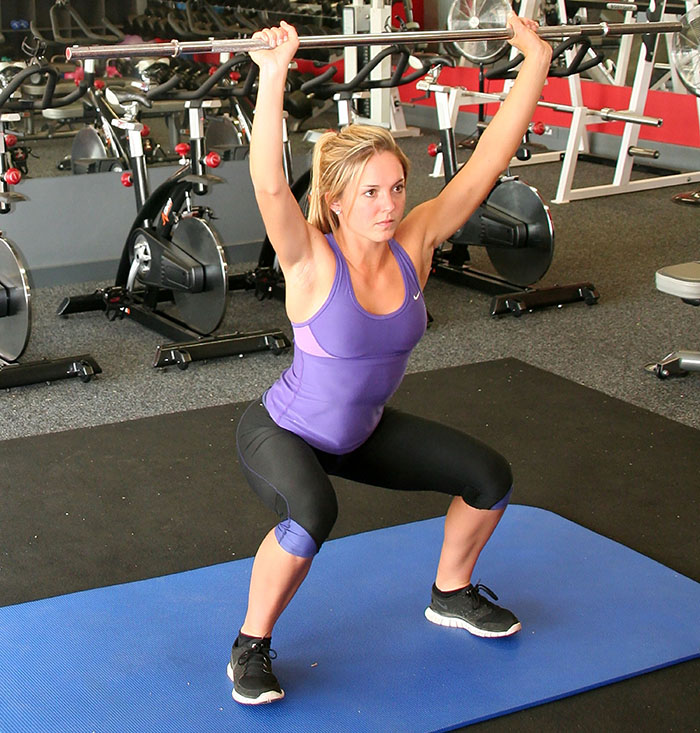Speak to any runner, triathlete or cyclist who includes strength as part of their weekly regime, and they will give you one or more of three reasons for embarking on such a program. First and foremost for improved performance, also to reduce risk of injury, and of course to look good, although the latter is not always admitted out loud!
According to Bompa and Haff (Periodization, 2009), strength can be defined as the maximal force or torque a muscle or muscle group can generate. It is also the ability of the neuromuscular system to produce force against an external resistance. Modern sports science suggests that high levels of muscular strength is significantly related to sporting performance. Therefore, the appropriate application of resistance training can alter the neuromuscular system in a way that improves the athlete’s capacity to produce force and improves sporting performance.
In plain English – if you don’t do strength training you are missing out!
My first recollection of formal strength or gym training was in my final year of high school. As soon as my running coach said I was old enough to start doing some weights I was off to the local gym to sign myself up for membership. Back in the eighties, before the information revolution and internet, access to strength training information was restricted to magazines, body building books, and the local gurus at the gym. All of these advocated a body building type regime where the focus is on developing different parts of the body with focussed, repetitive and highly concentrated regimes. Commonly known as split training programs, the emphasis is on muscular growth by training different body parts on different days. You want strength – you have to pump iron! The results of this type of training are quite clear. All you had to do was visit a body building competition or browse through the pages of a muscle magazine! I still find the mass these guys are able to build genuinely impressive.
Not for a minute though was it my intension to look anything like that but rather to enhance my running performance and goals of getting fitter and faster. The female instructor gave me a tour of the facility and showed me how to use most of the machines. She made some rudimentary suggestions with regards to how heavy I should go, no doubt keeping in mind my typical teenage running body – tall, lanky and seriously skinny! It didn’t take long for me to notice that I had to reduce the weights each time I used a machine after she did! And despite my efforts to train within my capabilities, I still remember how I had to make full support of the handrails walking down the stairs to my motorbike after training sessions.

In retrospect my training was not sport specific at all, there was not much in terms of progressive overload and my phasing of training was non-existent. Despite doing things all wrong, I still made good ground and felt myself getting stronger. I enjoyed the training but for some reason it didn’t last that long. During the following decade I dabbled a few times with some strength training and joined different gyms and started reading running magazines for some more streamlined guidance. Now, more than thirty years later I am much wiser and far more qualified to see the distinct errors of my ways. Poorly selected strength exercises, incorrect training programs or poor training form are all excellent ways that may highjack your efforts to improve your sport, but most runners still find they improve to a certain extent. Of course the risk of injury is far greater by following incorrect training regimes, and with time of the essence it just makes sense to do things right from the start. So it makes perfect sense to follow tried and tested methods of so many others who have found that more is not better, and that training smarter is so much better than training harder!
The info above is an excerpt from my eBook, “Complete Strength Training for Runners”, which provides runners with step by step guidance along a 5-month preparation period to a big race or upcoming season. The need for a concise program like that was borne over the years of listening to runners, and sportsmen in general, and finding how they blindly follow any and all types of gym programs in the hope of improving their sport.
Thousands of teenagers at school in particular follow an array of training schedules of which the above mentioned split routines are a big favourite. They have all heard or read somewhere that strength is a vital component to improving performance, although the motive is not always that clear. As is the case with popular eating plans, where even the healthiest of diets will only be followed if there is the potential reward of weight-loss, so too most young athletes are more interested in the promise of improved appearance than the strength benefits. Again, the beneficial side-effects of healthy eating do involve weight-loss, and so too, a meticulous, sports-specific strength program will bring along with it not only sporting improvement, but also a lean and muscular physique. The risk of focusing purely on the beneficial side-effects though is that the importance of improved sports performance could be compromised. Among many of my clients there are two scenarios that creep in which are worth mentioning.
The first is that of recreational runners who appoint a personal trainer to help them with the strength component in preparation for a marathon or ultramarathon. With due respect, although meaning well, most personal trainers come from a body building background and when they find out their new client is a runner they take “leg day” to brand new levels of accomplishment! Sure, runners, cyclists and triathletes do require tremendous levels of strength, muscle endurance as well as power to perform at the top of their game. However, strength should always be seen as an important addition to an endurance program and should not jeopardise the rest of the program. If you are too sore to do your three hour long run after your Friday strength day, then odds are you did too much. “We need to run 42km Mr Trainer, not carry a friend on each hip on race day!”
The second scenario is that of high school rugby players who hit the gym three or four days a week to get strong (read “get big”). These adrenalin and protein-powder-pumped sessions are done at such an intensity that they completely forget that they need to drag these highly pumped bodies around a rugby field at high speeds for 60min. Admittedly the players will certainly hit the ground running and definitely look and feel fully impressive and functional, and it may well be the most impressive 15min of the week, but then the wheels will start coming off, and enthusiasm will be replaced by fatigue, errors and frustration. The reality of it is that these young guys are training to train and not training to compete.
So how do you sidestep these very real pitfalls? It’s much easier than you think! Our bodies respond to progressive overload. In other words, if you repeat the same activities enough, you will not only get better at it, but you will also be able to handle greater loads as time goes by. Whether you are training eight, ten or twenty hours per week, ensure the sports specificity of your event is of primary importance. So don’t spend four hours a week in the pool if you have a marathon planned in three months’ time! And don’t do hours on end of strength training if you want to improve your half marathon or 70.3 racing time! Keep to the requirements of your sport. Cardiovascular training is critical for going the distance. Anaerobic and threshold training is vital for improving your different energy systems. Speed training gives you the edge and is the cherry on the top. Strength training that takes into account the movements and requirements of your sport will not only save you time, but also reinforce the muscle groups and structures that take strain from hours of training and with the adaptation that takes place it will take your performance to ever increasing levels!
Components of a Good Running Strength Program
| Dynamic warm-ups | Active stretches that warm muscles, joints, activate energy systems and wakes the central nervous system leaving you ready for when the real stuff starts! |
| Pre-hab | Injury prevention exercises focussing on joint stabilisers, core muscles and addressing previous weaknesses |
| Mobility | General range of motion exercises to ensure joints are free moving and not restricted |
| Core strength | Deep lying spinal and abdominal muscles that ensure good posture and fundamental to functional training and competitions |
| Strength | Resistance training using body weight, free weights, weight machines, medicine balls, elastics, weight bags, etc. |
| Power | Plyometric/explosive exercises to take strength to the next level, including jumps, dynamic weight exercises, skipping, etc. |
Words+Photos By: Marcel Viljoen


